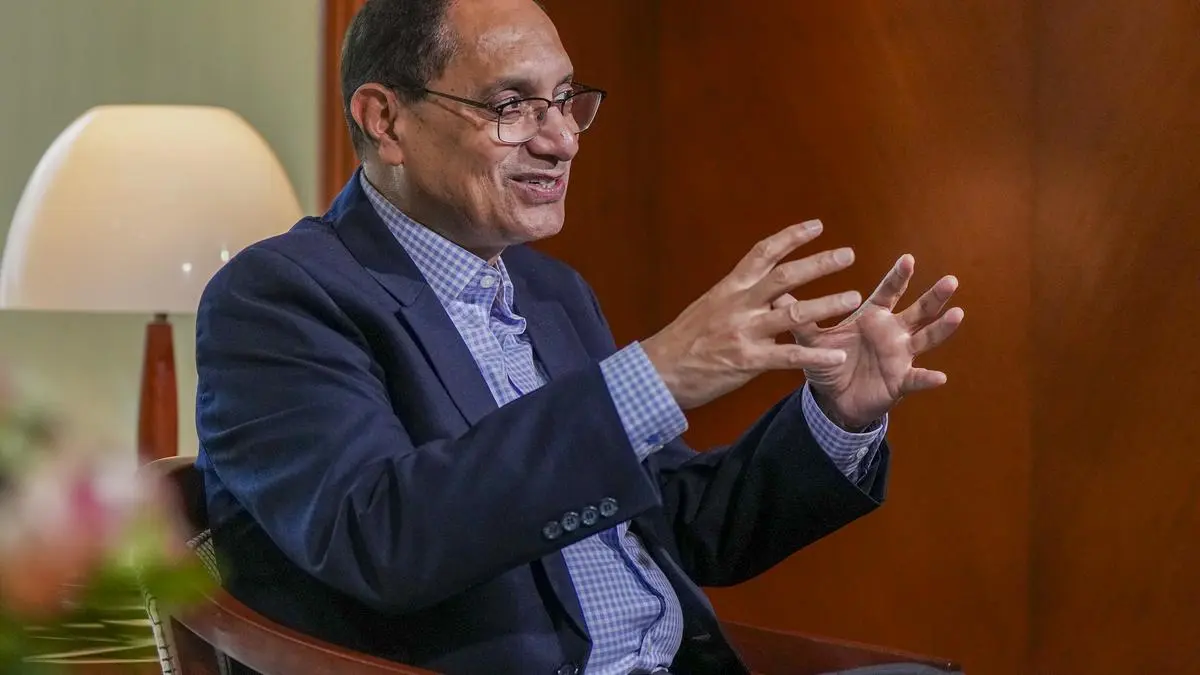Why don’t Indian women use formal finance? Or, stated differently, why is the adoption of formal finance among Indian women so low?
Ever since the World Bank started collecting and disseminating gender-wise data on financial inclusion, this question has captured the attention of policymakers, and development practitioners.
However, despite targeted efforts by the government, less than 15 per cent Indian women save and borrow formally, only 28 per cent have ever made or received a digital payment, and 32 per cent of women-owned bank accounts are inactive, according to the World Bank’s 2021 Global Findex Data.
Several reasons are cited for this — ranging from supply side gaps such as unsuitable product design and inadequate distribution to demand side factors such as low financial and digital literacy and restrictive social norms. Yet this understanding has not translated into meaningful interventions for women that increase the relevance of formal finance in their lives.
Could it be that we have not fully understood how women manage their financial lives, why they choose certain money management strategies over others, and the value they attach to different sources of finance?
Here is an alternative narrative that is often missed by mainstream discourse.
Often the narrative around women’s financial inclusion is unidimensional and anchored on women’s lack of control over money and their limited say in matters of household decision making. This narrow view frames the empirical work of the so-called RCTers (economists who run randomized control trials to understand the effects of an intervention). This body of work confines itself to measuring changes in a narrow set of decontextualized quantitative variables.
Not surprisingly, interventions often fail and even when they succeed, the causal mechanisms responsible for success remain opaque. Relying on qualitative research from domains outside the field of economics can offer more layered insights about women’s preferences, and their money management practices.
For example, a key insight that emerges from research rooted in sociological and anthropological methods is that women especially in poor and working-class families bear most of the responsibilities for the household’s financial management.
Poor women use finance to manage liquidity constraints but also to shape their interdependencies, i.e., to build, maintain, and modify social relations, and to be regarded as trustworthy and reliable.
Joint action
For such women, empowerment may take the form of joint action, agency, and commitment which is in contrast with the idea of individual agency that is often articulated as the purpose of women’s financial inclusion.
It is worth acknowledging that Indian women are by no means a homogeneous group and how they access and use finance, and the benefits they perceive from using these services will largely depend on their individual and household contexts. For example, research shows that female labour force participation is one of the strongest predictors of women’s financial inclusion.
What will it take for formal finance to make their products relevant for women who are poor, who perform unpaid work at home, and who live in remote locations disconnected from the digital world?
Two key implications emerge from these points. First, there is an urgent need for an expanded scope of data and evidence that can contextualise the state of women’s financial inclusion across different segments.
Such a dataset should help us understand women’s financial behaviour, their specific roles within the context of their household and community, their preferences and requirements with regards to managing money, and their individual personality traits that could potentially have a strong bearing on the financial choices they make.
Impact evaluation studies that create evidence on what works to increase women’s financial inclusion and what effects it has should be replicated across contexts and be supported by qualitative research in order to arrive at robust theories of change.
Publication bias
Most importantly, researchers who collect and disseminate evidence should be mindful of publication bias (selective publication of research studies that find positive results) and should make conscious efforts to also publicise studies that produce negative or no results.
Scientific research has demonstrated that publication bias is especially strong in economics. High-powered economics journals publish papers with positive RCT effects (even if they are only “vaguely positive”) more regularly than those with non-effects (small or inconsistent effect sizes).
Since policymakers largely pay attention to published work, especially by economists, the effect of the bias is to produce misguided and ultimately unsuccessful policy action.
Second, there is a strong demand for financial services among women. Financial inclusion interventions have worked when they have been able to situate themselves into existing social and institutional structures- microcredit and self-help group programs or women Business Correspondents to improve women’s access to formal finance stands out.
Taking inspiration from this thesis, Financial Service Providers will have to find ingenious ways to design products and services, especially in the non-credit segment, that women find relevant such that it encompasses both the women’s needs and the needs of her household.
However, financial service providers can’t do this alone, as the unit economics currently do not lead to business profitability.
Therefore, an expanded scope of women’s financial inclusion will require strategic and collective support from government, regulators, investors, and the civil society until such a point where the business models begin to show signs of profitability and scale. Piecemeal approaches won’t work.
The writer is Practice Head – Household Finance, Dvara Research





































